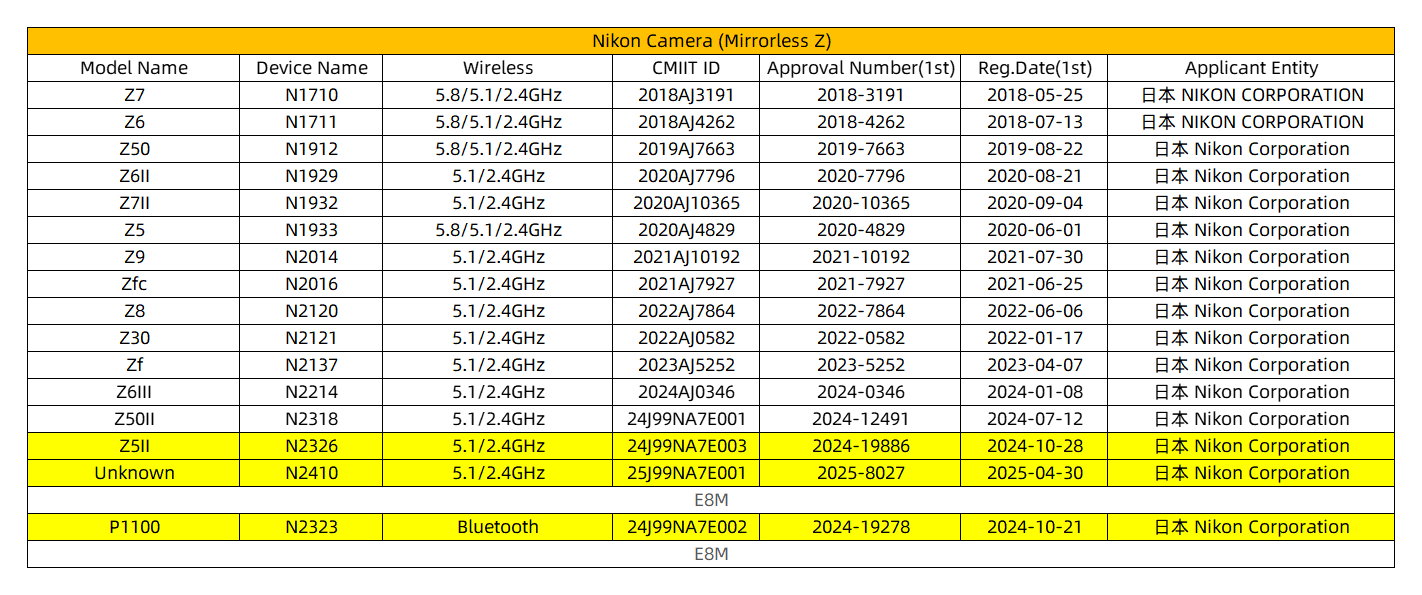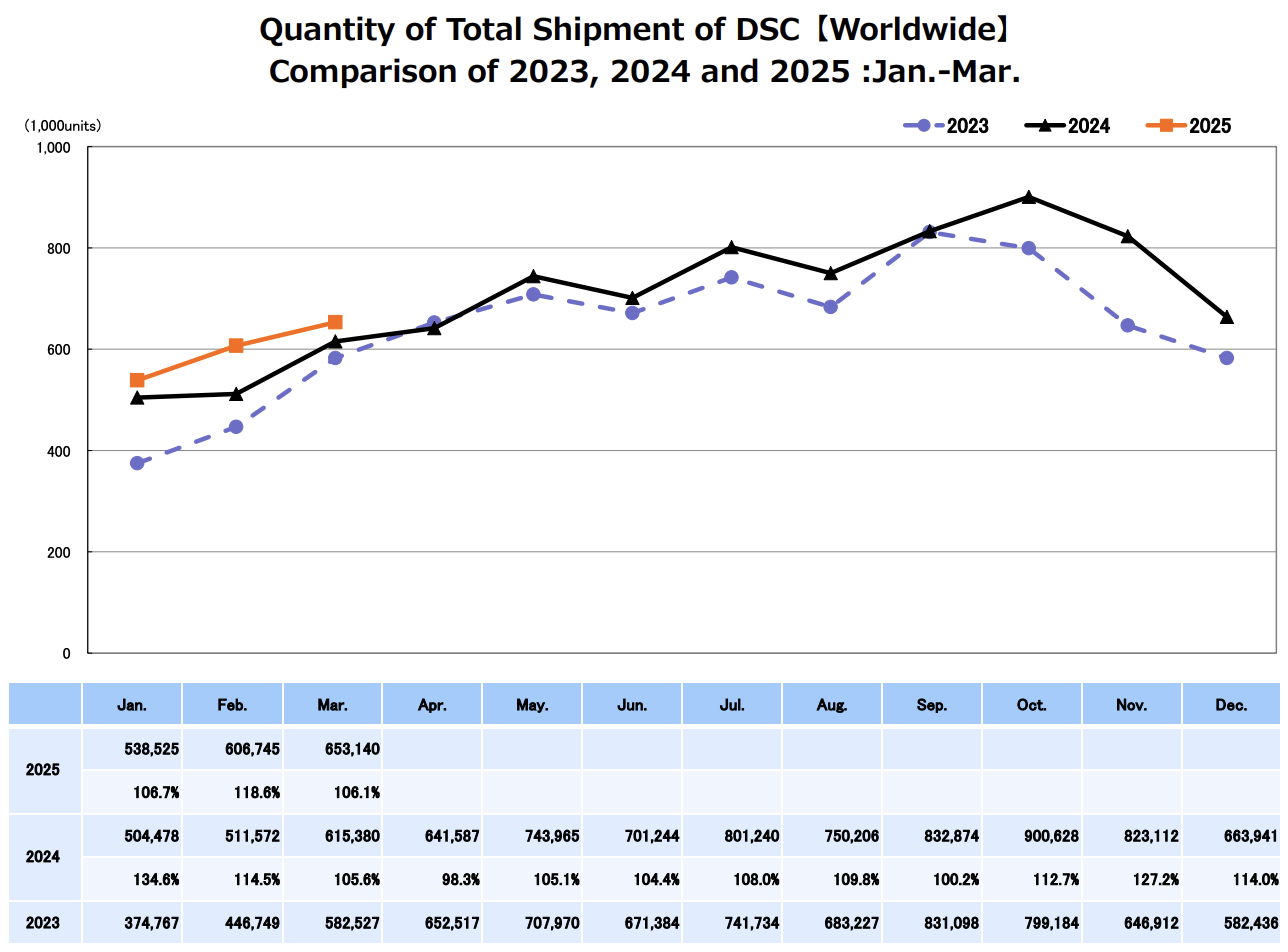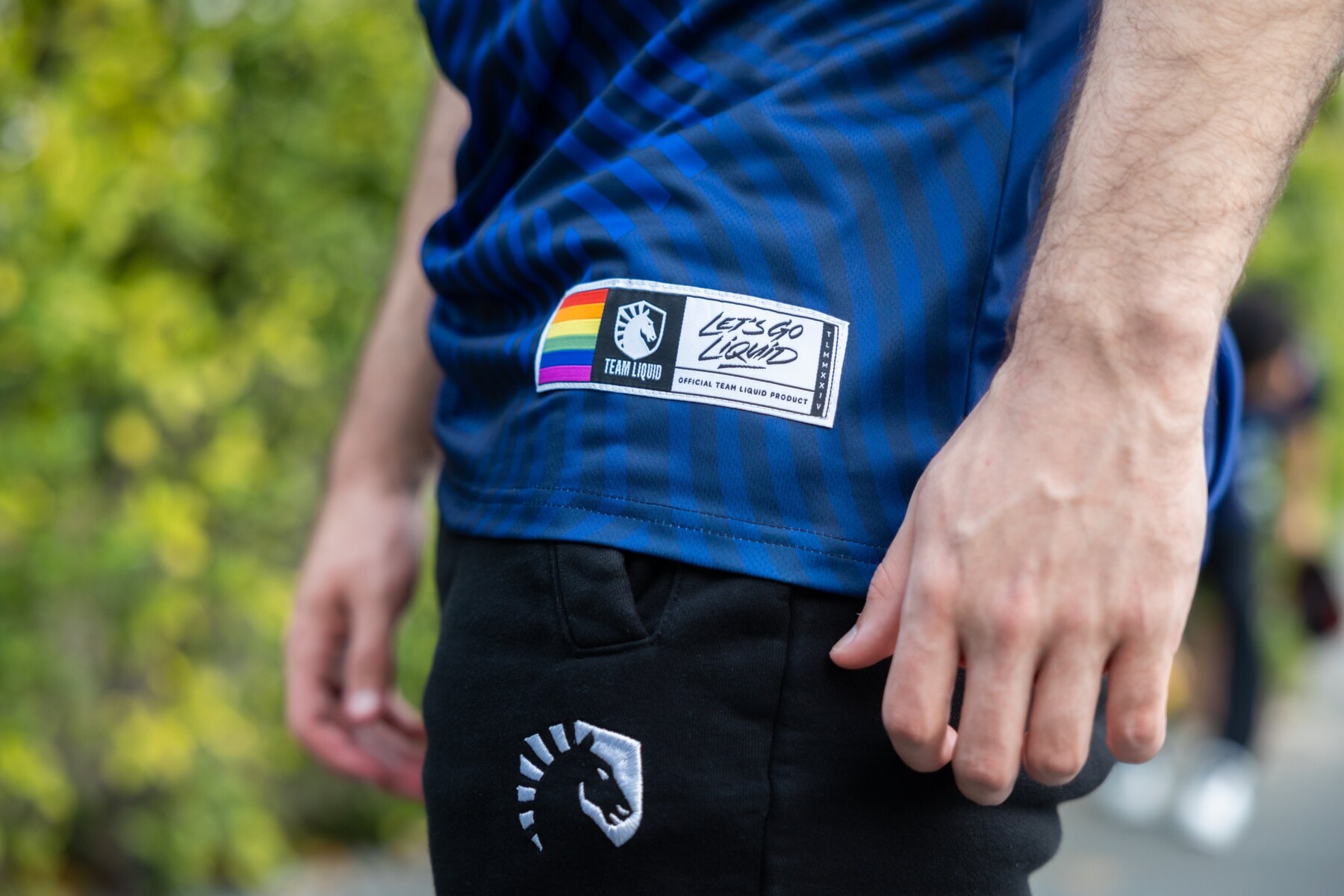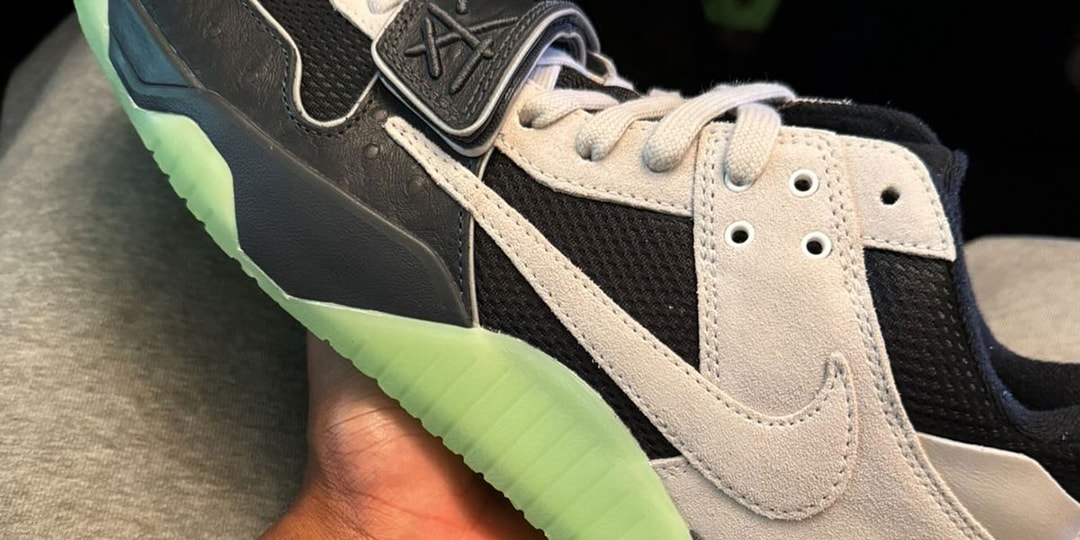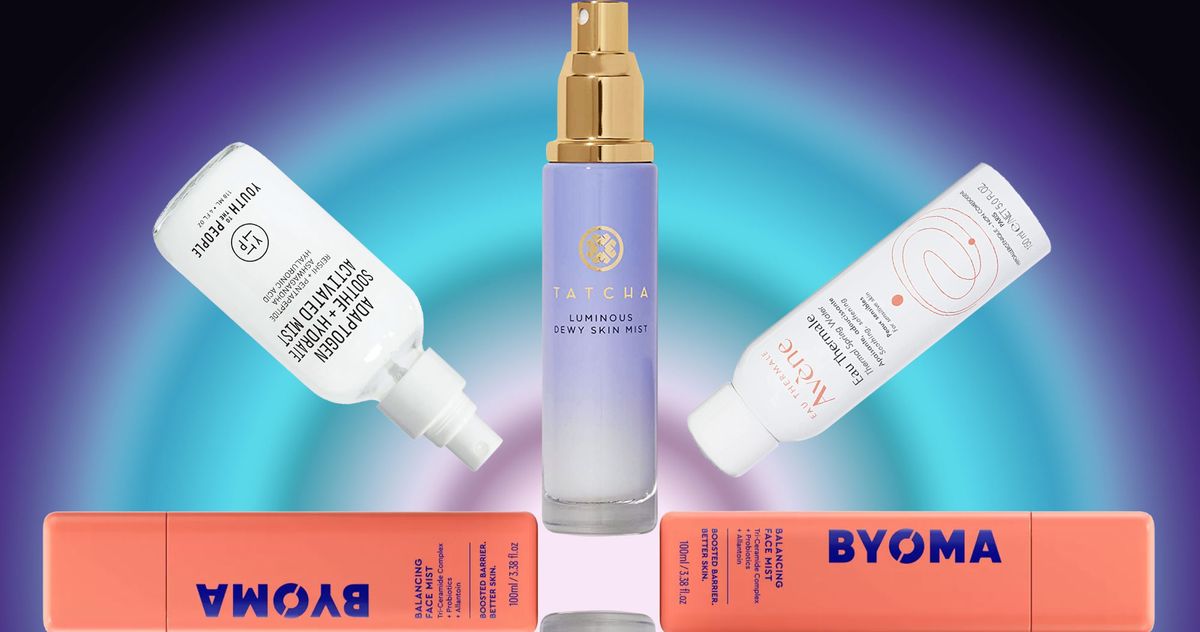The power of the Chase Trifecta: Maximize your earnings with 3 cards
Editor’s note: This is a recurring post, regularly updated with new information and offers. Since we started covering the world of points and miles here at TPG, there’s been a trend: Airlines and hotels have consistently devalued their programs and increased the number of points and miles needed for flights and award stays. However, one …

Editor’s note: This is a recurring post, regularly updated with new information and offers.
Since we started covering the world of points and miles here at TPG, there’s been a trend: Airlines and hotels have consistently devalued their programs and increased the number of points and miles needed for flights and award stays.
However, one product family that credit card experts remain loyal to year after year is Chase. There are two main reasons why: Chase Ultimate Rewards points are incredibly flexible and valuable, and Chase offers a very pairable lineup that allows you to maximize both your earning and redemption strategies.
While all Chase cards have stand-alone value, combining three complementary ones can unlock a ton of value across spending categories. There are more than three cards you can create the trifecta from, but the typical setup that maximizes rewards includes the Chase Sapphire Reserve® (see rates and fees), the Chase Freedom Unlimited® (see rates and fees) and the Ink Business Preferred® Credit Card (see rates and fees).
Let’s walk through these cards and how they work together to create a great credit card strategy.
What is the Chase Trifecta?
The Chase Trifecta is a pairing of three of Chase’s rewards-earning credit cards. By combining these cards, you can maximize your earnings through spending. These cards all complement each other and ensure you earn at least 1.5 points on every purchase.
Despite some of these cards earning cash back, you can convert cash back to points since your trifecta options always include an Ultimate Rewards-earning card. To maximize the value of your rewards, you will want to convert all your rewards to Ultimate Rewards points, as TPG’s May 2025 valuations peg the value of those points at 2.05 cents apiece.
What cards are in the Chase Trifecta?
The Chase Trifecta consists of three cards. Your options include:
- A Sapphire card, either the Chase Sapphire Reserve or the Chase Sapphire Preferred® Card (see rates and fees)
- A Freedom card, either the Chase Freedom Unlimited or the Chase Freedom Flex® (see rates and fees)
- An Ink Business card, such as the Ink Business Preferred
It’s important to note that you can also pair a Sapphire card with two Freedom cards if you don’t qualify for or want an Ink business card.
Let’s dive into the details of the most popular options for your Chase Trifecta.
Chase Sapphire Reserve
Annual fee: $550.
Welcome offer: Earn 60,000 bonus points after spending $5,000 on purchases in the first three months from account opening. This welcome offer is worth $1,230 based on TPG’s May 2025 valuations.
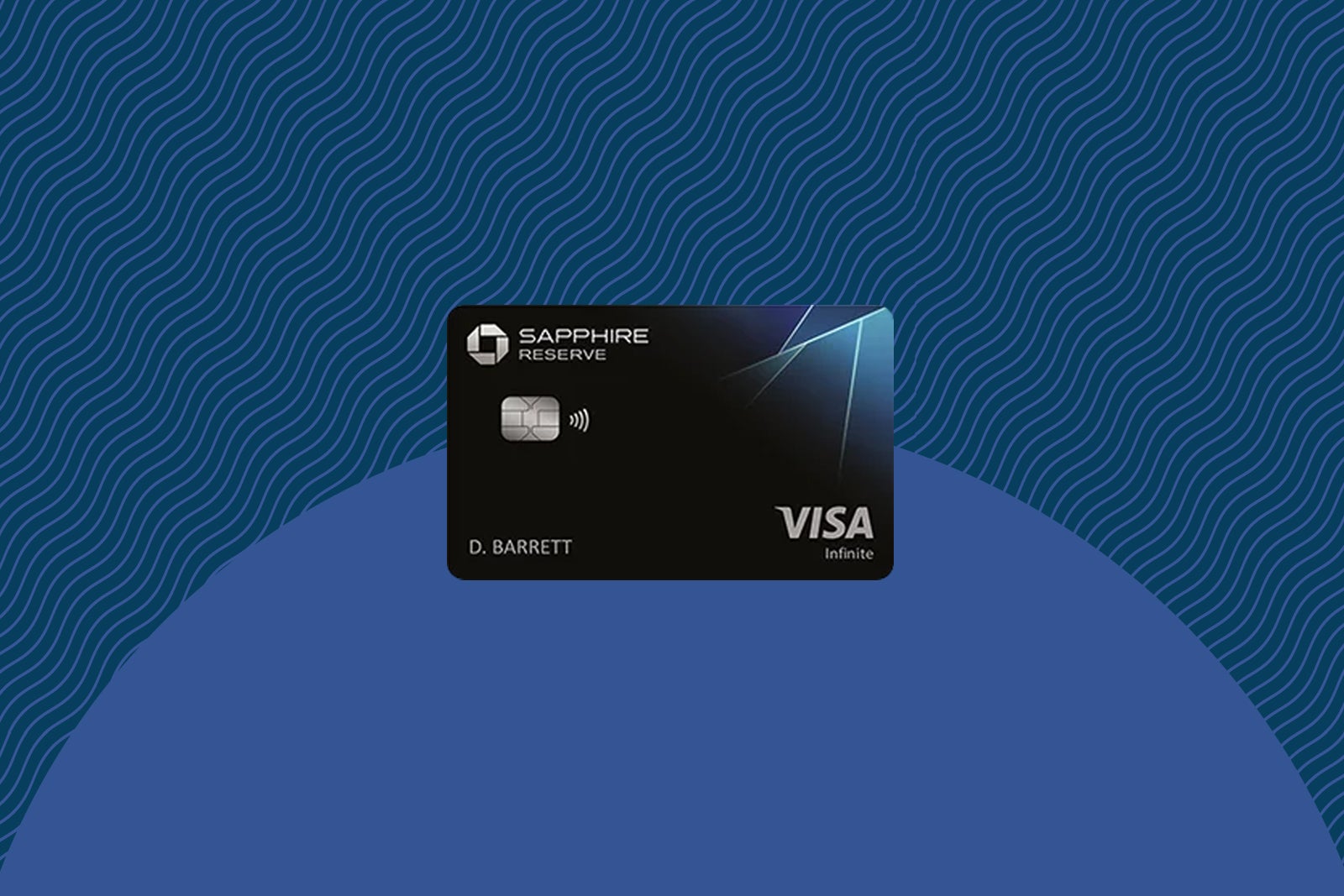
Earning rates:
- 10 points per dollar spent on hotels and car rentals booked through Chase Travel℠*
- 10 points per dollar spent on Peloton equipment and accessory purchases of $150 or more (through Dec. 31, 2027), with a maximum of 50,000 points
- 5 points per dollar spent on flights booked through Chase Travel*
- 5 points per dollar spent on Lyft purchases (through Sept. 30, 2027)
- 3 points per dollar spent on all other travel*
- 3 points per dollar spent on dining (including takeout and delivery)
- 1 point per dollar spent on all other purchases
*Bonus points on travel are earned after the first $300 is spent on travel annually.
This card’s hefty $550 annual fee is offset by its $300 annual travel credit, effectively making the annual fee $250 per year. Multiple TPG staffers love this credit. You’ll also get a Priority Pass Select membership and access to Chase’s growing network of Sapphire lounges, plus up to $120 in statement credits for your application fee to Global Entry, TSA PreCheck or Nexus and other perks such as comprehensive travel protections and concierge service.
With the Chase Sapphire Reserve, you can redeem your points for 50% more value through Chase Travel (redeem at 1.5 cents per point rather than the standard 1 cent per point). For maximum value, you can transfer your points to one of 11 airline and three hotel partners. With its flexibility and earning power, the Sapphire Reserve headlines Chase’s strong selection of cards and is a great addition to any points-chaser’s wallet.
To learn more, check out our full review of the Chase Sapphire Reserve.
Apply here: Chase Sapphire Reserve
Chase Sapphire Preferred
Annual fee: $95.
Welcome offer: Earn 100,000 points after spending $5,000 on purchases in the first three months from account opening. This offer ends May 15 at 9 a.m. EDT and is worth $2,050 based on TPG’s May 2025 valuations.
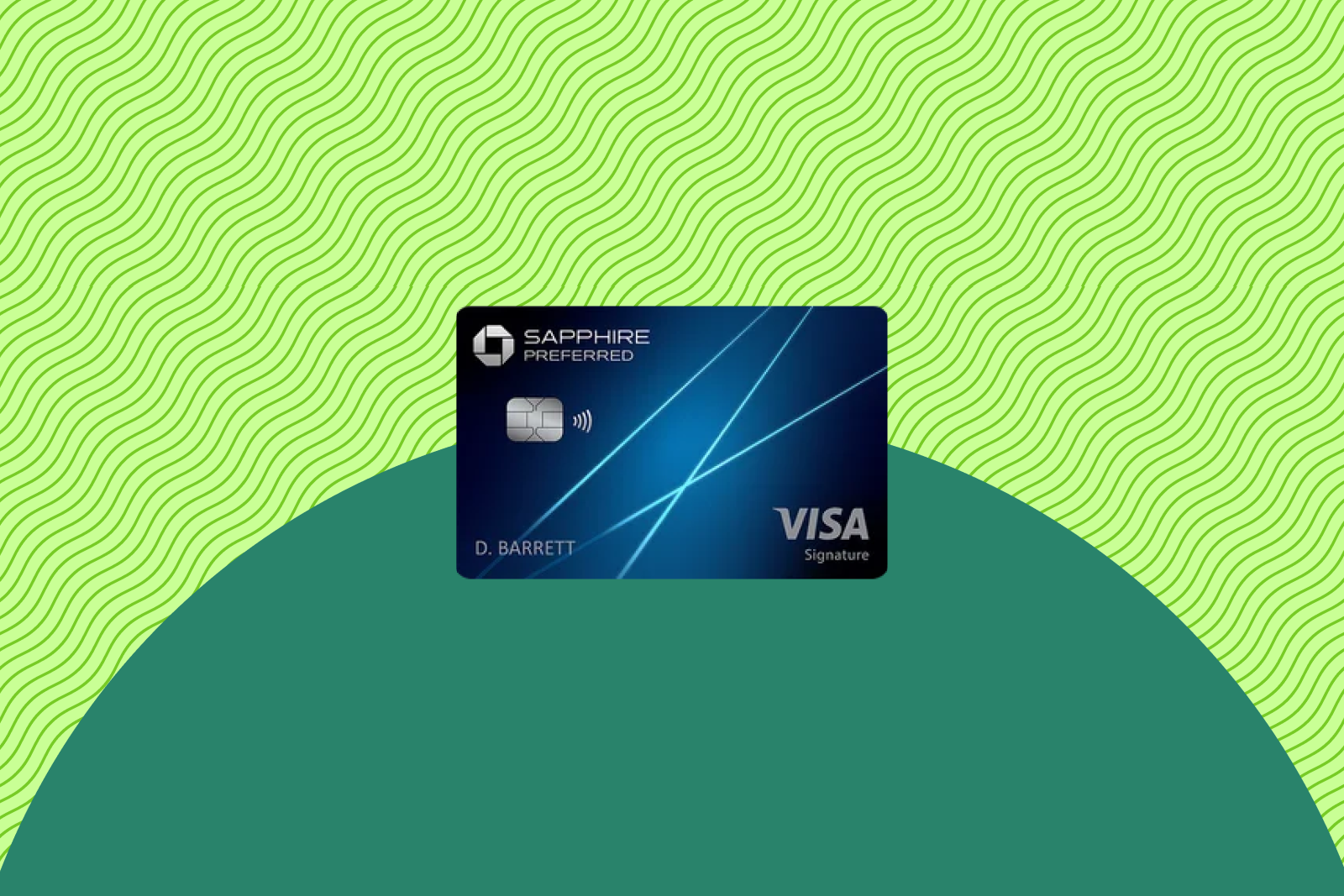
Earning rates:
- 5 points per dollar spent on all travel purchased through Chase Travel
- 5 points per dollar spent on Lyft purchases (through Sept. 30, 2027)
- 5 points per dollar spent on Peloton equipment and accessory purchases of $150 or more (through Dec. 31, 2027), with a maximum of 25,000 points
- 3 points per dollar spent on dining (including takeout and delivery)
- 3 points per dollar spent on select streaming services
- 3 points per dollar spent on online grocery purchases (excluding Target, Walmart and wholesale clubs)
- 2 points per dollar spent on all other travel
- 1 point per dollar spent on all other purchases
If you want a lower annual fee, you could opt for the Sapphire Preferred, as it’s one of the best starter travel rewards cards. The Sapphire Preferred even has more bonus-earning categories than the Sapphire Reserve.
You’ll receive most of the travel protections and insurances that are on the Sapphire Reserve, like primary rental car insurance and trip cancellation insurance (an often underrated but useful benefit), but at lower levels of coverage.
To learn more, check out our full review of the Chase Sapphire Preferred.
Apply here: Chase Sapphire Preferred Card
Chase Freedom Unlimited
Annual fee: $0.
Welcome offer: Earn $200 cash back after spending $500 on purchases in the first three months from account opening.
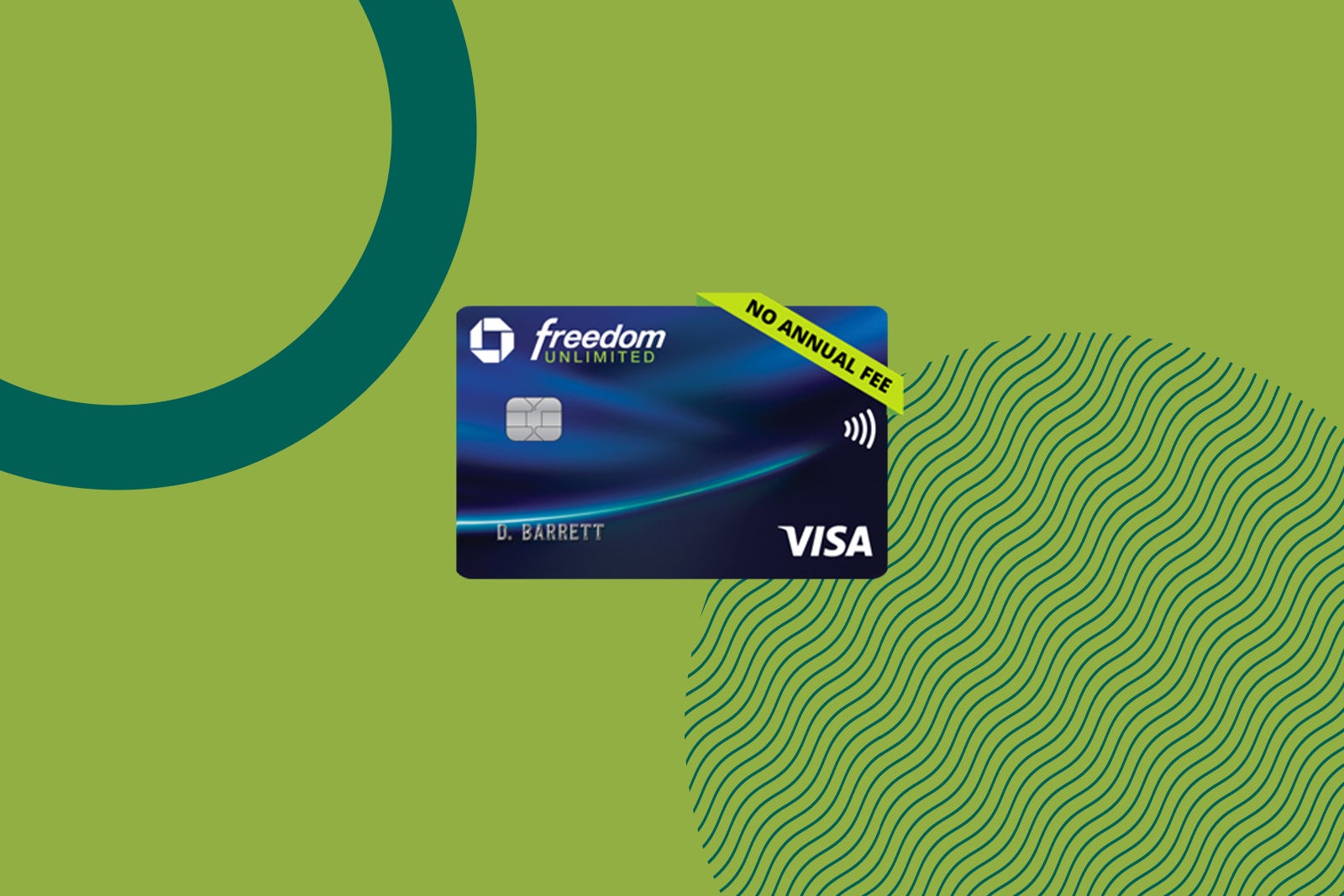
Earning rates:
- 5% back on travel booked through Chase Travel
- 3% back on dining (including takeout and delivery) and drugstores
- 2% back on Lyft purchases (through Sept. 30, 2027)
- 1.5% back on all other purchases
To round out your trifecta, you could pick the Freedom Unlimited. This card is an excellent choice for anyone who wants a catchall card for purchases that don’t fall into bonus-earning categories with other cards.
Because you can transfer your rewards into an Ultimate Rewards account, the rewards earned with the Chase Freedom Unlimited are worth 2.05 cents each (according to TPG’s May 2025 valuations) if you link the card to an Ultimate Rewards-earning card.
To learn more, check out our full review of the Chase Freedom Unlimited.
Apply here: Chase Freedom Unlimited
Chase Freedom Flex
Annual fee: $0.
Welcome offer: Earn $200 cash back after spending $500 on purchases in the first three months from account opening.
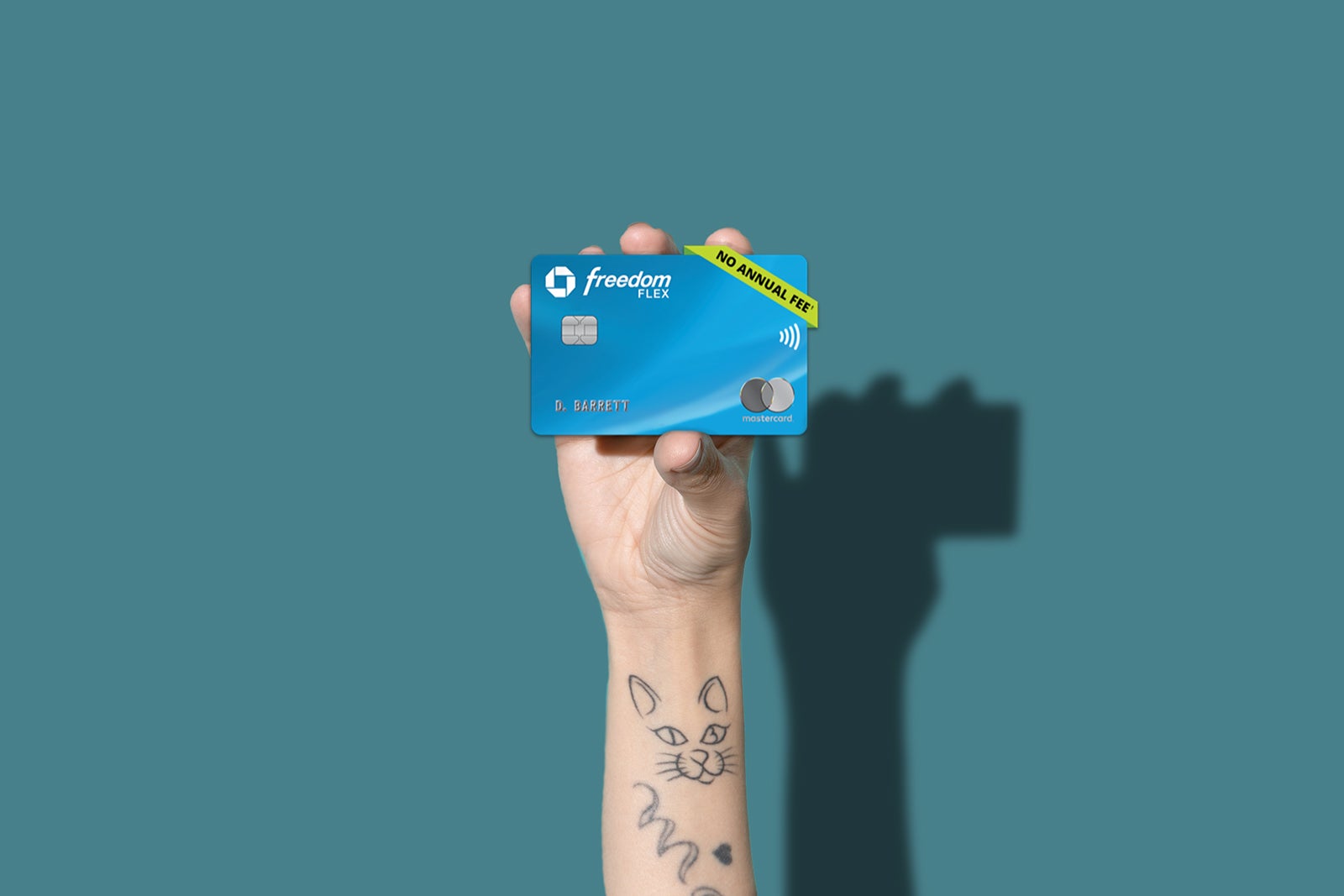
Earning rates:
- 5% back on travel booked through Chase Travel
- 5% back on rotating quarterly categories (on up to $1,500 of combined spending per quarter, then 1% thereafter; activation required)
- 3% back on dining (including takeout and delivery) and drugstores
- 2% on Lyft (through Sept. 30, 2027)
- 1% on all other purchases
Instead of the Freedom Unlimited, you could opt for the Freedom Flex, which earns 5% cash back on rotating quarterly categories (on up to $1,500 of combined spending each quarter) and 1% cash back on all other purchases. The quarterly categories are typically very easy to use; the current ones are Amazon and select streaming services.
To learn more, check out our full review of the Chase Freedom Flex.
Apply here: Chase Freedom Flex
Ink Business Preferred Credit Card
Annual fee: $95.
Welcome offer: Earn 90,000 bonus points after spending $8,000 on purchases in the first three months from account opening. This offer is worth $1,845 based on TPG’s May 2025 valuations.
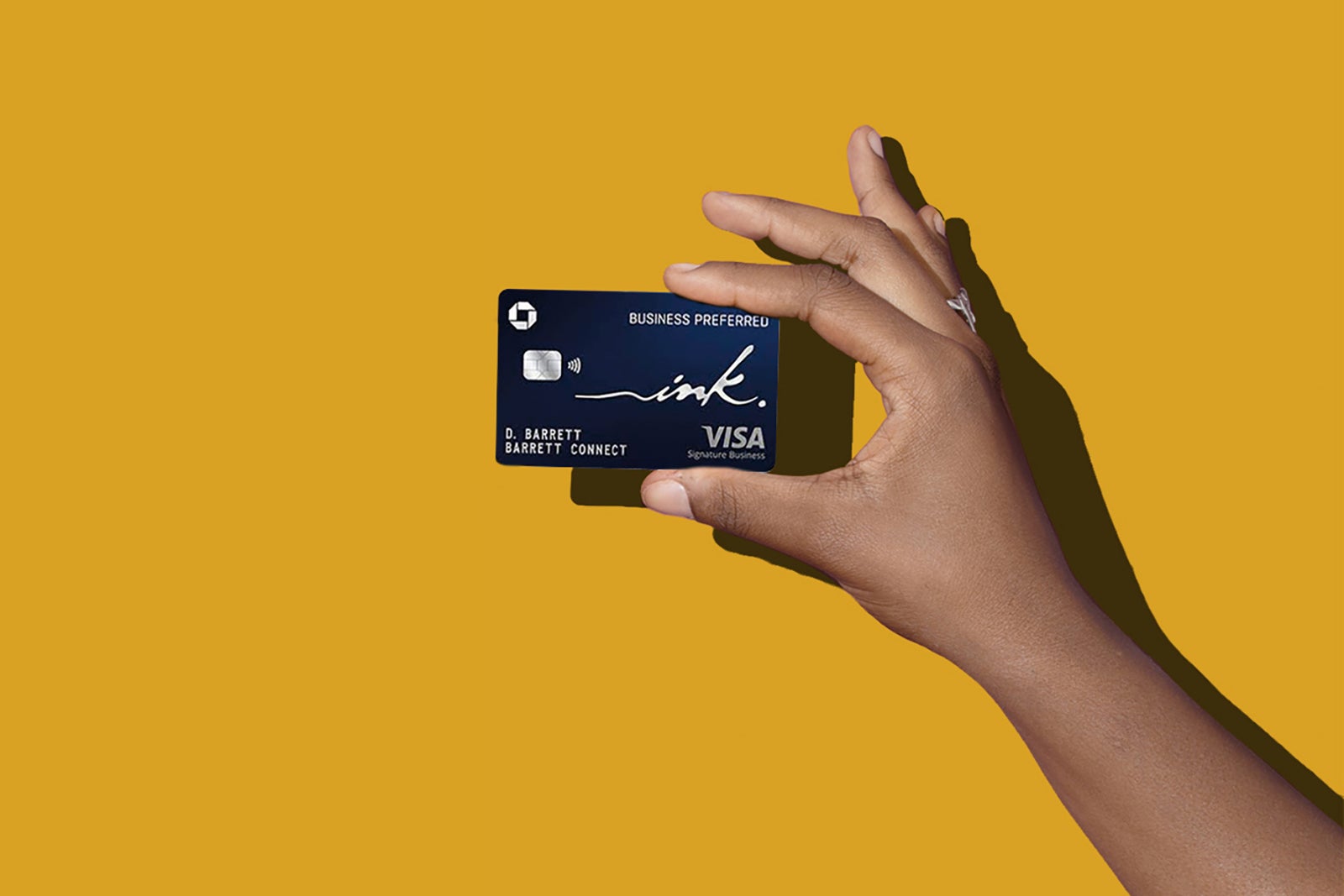
Earning rate:
- 3 points per dollar spent on travel, shipping, internet, cable, phone services and advertising purchases made with social media sites and search engines (on up to $150,000 in combined spending each account anniversary year, then 1 point per dollar)
- 1 point per dollar spent on all other purchases
Along with primary rental car insurance on cars rented for business purposes, the Ink Preferred also offers cellphone protection. With this protection, your card will replace your cellphone if it’s stolen or damaged (up to three times per year) with just a $100 deductible, as long as you pay your monthly cellphone bill with your card.
You can even protect your employees’ cellphones if their service lines are included on the same bill. Just note that the limit is $1,000 per claim and $3,000 or three claims per 12-month period.
To learn more, check out our full review of the Ink Business Preferred.
Apply here: Ink Business Preferred Credit Card
How does a Chase Trifecta work?
Chase has a flexible credit card lineup, and based on your spending habits, it might make sense to replace one of the cards listed above with another Chase card. Each of these cards covers a distinct spending area and offers unique perks as part of a well-rounded credit card strategy.
Use your Sapphire Reserve or Sapphire Preferred for travel and dining purchases, the Ink Business Preferred for any business expenses and the Freedom Unlimited or Freedom Flex for purchases that won’t earn bonus rewards with your other cards. This is just one iteration of the Chase Trifecta that you can go with.

If one of the cards doesn’t suit your lifestyle, you can swap it out for one that does.
All of the rewards you earn with the trifecta can be pooled, allowing you to transfer them to one of Chase’s travel partners or redeem them for 1.5 or 1.25 cents each through Chase Travel.
When booking economy-class award flights with airlines or award stays with hotels that aren’t Chase transfer partners, you’ll likely get the most value by taking advantage of the redemption bonus in Chase Travel.
However, if you’re booking a premium-cabin award flight or redeeming nights at one of Chase’s hotel partners, you might want to transfer your points. Just make sure you’re comparing both options so that you’re getting the best value out of your Ultimate Rewards points and not missing out on any exclusive transfer bonuses.
Which Chase Trifecta should I pick?
When choosing a Chase Trifecta, there are many considerations you have to take into account, including how much you want to spend on annual fees, your travel habits, your spending habits and whether you are eligible for a business card.
Chase Sapphire Preferred vs. Chase Sapphire Reserve
Beginners who are wary of the $550 annual fee on the Sapphire Reserve can replace it with the Chase Sapphire Preferred. Along with a lower annual fee of just $95, the Sapphire Preferred comes with a similar earning structure to the Sapphire Reserve.

The Sapphire Preferred only comes with a 25% redemption bonus and doesn’t have lounge access. However, you’ll also enjoy a $50 annual statement credit for hotels booked through Chase Travel, plus a 10% points bonus on your anniversary based on your previous year’s spending.
If you don’t travel enough to fully enjoy the Chase Sapphire Reserve, the Sapphire Preferred is a solid replacement option.
Related: Chase Sapphire Preferred vs. Sapphire Reserve: Should you go mid-tier or premium?
Chase Freedom Flex vs. Chase Freedom Unlimited
If you already have the Capital One Venture Rewards Credit Card or the Citi Double Cash® Card (see rates and fees) — both of which earn at a higher rate on nonbonus spending — it might make more sense for you to have the Chase Freedom Flex instead of the Chase Freedom Unlimited.

On the other hand, if you don’t have a card that earns more than 1 point per dollar spent or 1% back on your nonbonus spending, the Freedom Unlimited may be a better choice than the Freedom Flex.
Related: Chase Freedom Flex vs. Chase Freedom Unlimited comparison: Rotating categories or flat cash back?
Not eligible for an Ink card? No problem
You can also create a Chase Trifecta without an Ink Business card. Since Chase doesn’t restrict you to only having one Freedom card, you can carry the Freedom Flex and the Freedom Unlimited.
With this setup, you would use your Sapphire card for your Lyft (through Sept. 30, 2027), travel and dining purchases, the Freedom Flex for 5% cash back on rotating quarterly categories and the Freedom Unlimited for anything else that doesn’t fall into those bonus categories.

This is also one of the most cost-effective trifectas if you opt for the Sapphire Preferred instead of the Sapphire Reserve, as the combined annual fees would be just $95.
Other Ink Business options
The Ink Business Preferred is the most common pick for the Chase Trifecta, but it isn’t the only option you have.
You could also opt for another Ink Business card with no annual fee, like the Ink Business Cash® Credit Card (see rates and fees) or the Ink Business Unlimited® Credit Card (see rates and fees). These cards earn cash back, but the cash back can be converted into Ultimate Rewards points if you have an Ultimate Rewards-earning card.
The Ink Business Cash earns 5% cash back on the first $25,000 you make in combined purchases each account anniversary year at office supply stores and on internet, cable and phone services.
You’ll also earn 2% cash back on the first $25,000 you make in combined purchases at gas stations and restaurants each account anniversary year and 1% cash back on all other purchases. The Ink Business Cash is a good option for those with high spending in business-related bonus categories.

The Ink Business Unlimited earns 5% total cash back on Lyft purchases (through Sept. 30, 2027) and 1.5% unlimited cash back on all other purchases.
If you don’t spend much in the bonus categories on the Ink Business Preferred or Ink Business Cash, you could opt for the Ink Business Unlimited for a catchall business card to complete your trifecta.
Both cards have similar travel protections to those provided by the Ink Business Preferred. However, the Ink Business Preferred is the only card that provides cellphone protection, so if your phone tends to slip out of your hand often, this may be something to consider.
Related: Chase Ink Business Unlimited vs. Ink Business Cash: Battle of the cash-back business cards
Other trifecta card options
You can create other card trifectas with other card issuers like American Express, Citi and Wells Fargo.
American Express
If you prefer American Express and the ability to earn Membership Rewards points, you could build the Amex Trifecta with The Platinum Card® from American Express ($695 annual fee; see rates and fees), the American Express® Gold Card ($325 annual fee; see rates and fees) and The Blue Business® Plus Credit Card from American Express (no annual fee; see rates and fees).

With this trifecta, you would earn at least 2 points per dollar spent on all purchases you make. This is the most lucrative earning trifecta, as you can earn:
- 5 points per dollar spent on airfare when booked directly with airlines or American Express Travel with the Amex Platinum (on up to $500,000 of spending each calendar year, then 1 point per dollar)
- 4 points per dollar spent on dining at restaurants worldwide (on up to $50,000 per calendar year, then 1 point per dollar) and at U.S. supermarkets (on up to $25,000 per calendar year, then 1 point per dollar) with the Amex Gold
- 2 points per dollar spent on all purchases (on up to $50,000 per calendar year, then 1 point per dollar) with The Blue Business Plus
This setup is the most expensive, with combined annual fees of over $1,000, but the cards provide numerous statement credits that can fully offset the annual fees if fully utilized. Enrollment is required for select benefits, and terms apply. Amex points are worth 2 cents apiece based on TPG’s May 2025 valuations.
Related: The power of the Amex Trifecta: Platinum, Gold and Blue Business Plus
Citi
If you prefer Citi, you can build a formidable trifecta. The Citi Strata Premier℠ Card ($95 annual fee; see rates and fees), the Citi Double Cash (no annual fee) and the Citi Custom Cash® Card (no annual fee) make up the Citi Trifecta.
The information for the Citi Custom Cash has been collected independently by The Points Guy. The card details on this page have not been reviewed or provided by the card issuer.
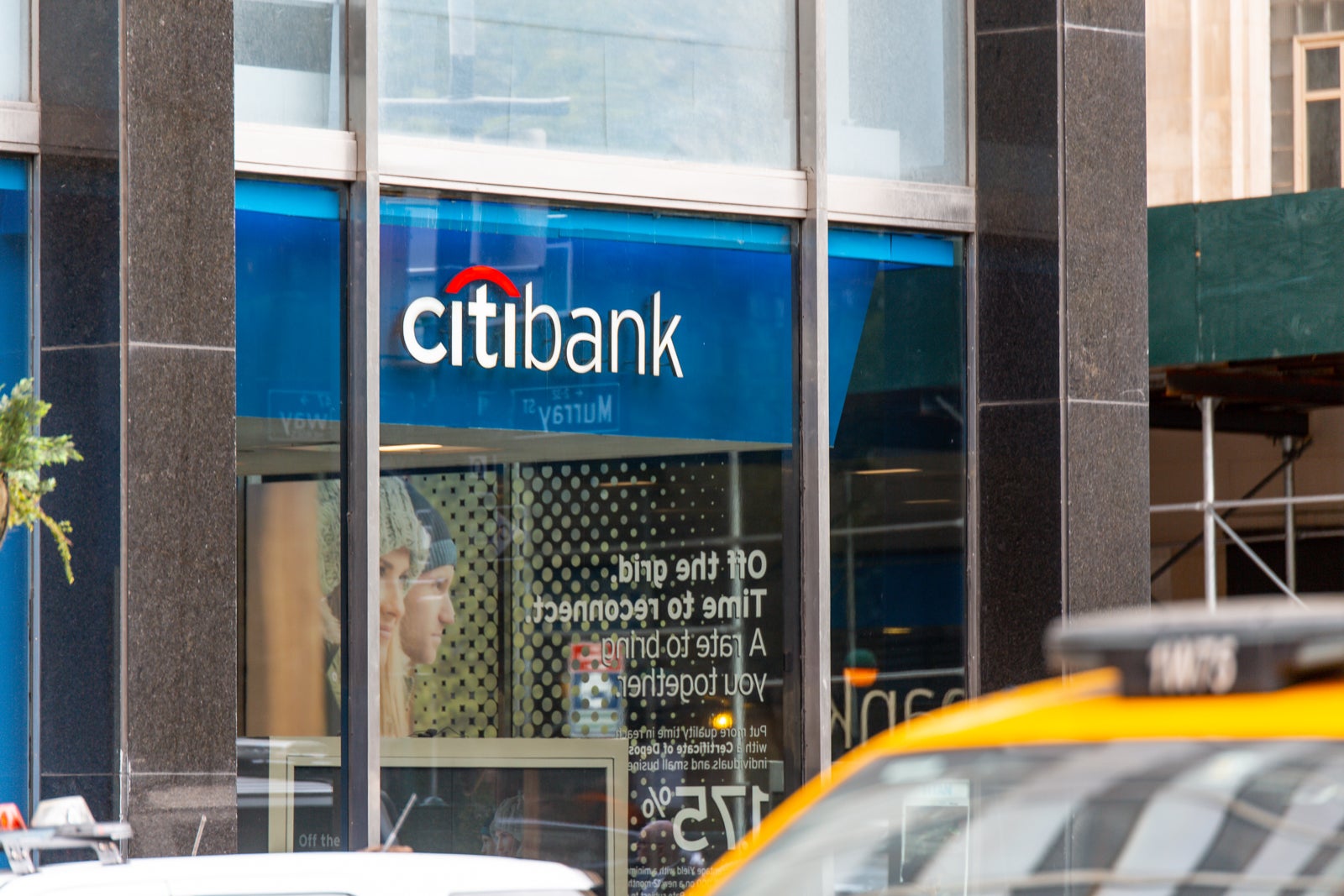
With this trifecta, you can earn:
- 10 points per dollar spent on hotels, car rentals and attractions booked through cititravel.com with the Strata Premier
- 5% cash back on the first $500 of purchases in your top spending category with the Custom Cash
- 3 points per dollar spent on air travel, hotel (when not booked through cititravel.com), gas station, electric vehicle charging station, supermarket and restaurant (including takeout) purchases, with no caps or annual limits, with the Strata Premier
- 2% cash back (1% when you buy and 1% when you pay) with the Double Cash
Any cash back you earn can be converted into Citi ThankYou Rewards points that you can transfer to one of Citi’s 21 transfer partners. Citi points are worth 1.8 cents apiece based on TPG’s May 2025 valuations. This setup also costs just $95 in combined annual fees.
Wells Fargo
Lastly, you could opt for the Wells Fargo trifecta. It includes the Wells Fargo Autograph Journey℠ Card ($95 annual fee; see rates and fees), the Wells Fargo Active Cash® Card (no annual fee; see rates and fees) and the Wells Fargo Attune℠ Card (no annual fee).
The information for the Wells Fargo Attune has been collected independently by The Points Guy. The card details on this page have not been reviewed or provided by the card issuer.

You’ll earn:
- 5 points per dollar spent on hotels with the Autograph Journey
- 4 points per dollar spent on airlines with the Autograph Journey
- 4% cash rewards on self-care, select sports, recreation and entertainment purchases, plus impactful purchases like EV charging, public transit and select thrift stores with the Attune
- 3 points per dollar spent on restaurants and other eligible travel with the Autograph Journey
- 2% cash rewards on purchases with the Active Cash
Cash back can be converted into points that can be transferred to partners. The only downside with Wells Fargo is that it has the fewest number of transfer partners, with just eight partners. Its points are also worth the least (1.6 cents apiece) out of the issuers we’ve covered based on TPG’s May 2025 valuations. This setup will cost you just $95 in combined annual fees.
Bottom line
The ultimate goal is to maximize every dollar you spend by putting your purchases on the right credit cards. Getting value out of points and miles isn’t exclusive to frequent flyers; you just need to be smart about how you spend your money.
Remember that all of the above cards are subject to Chase’s 5/24 rule. If you don’t currently have these cards in your wallet, you’ll want to be strategic about when you apply for them versus other cards to make sure you won’t be denied due to too many account openings within the past two years.
For more details on how to increase your approval odds, check out our guide to credit card application rules and restrictions.
Related: Better together: The ultimate guide to the best credit card combinations
For rates and fees of the Amex Platinum, click here.
For rates and fees of the Amex Gold, click here.
For rates and fees of the Blue Business Plus, click here.





































